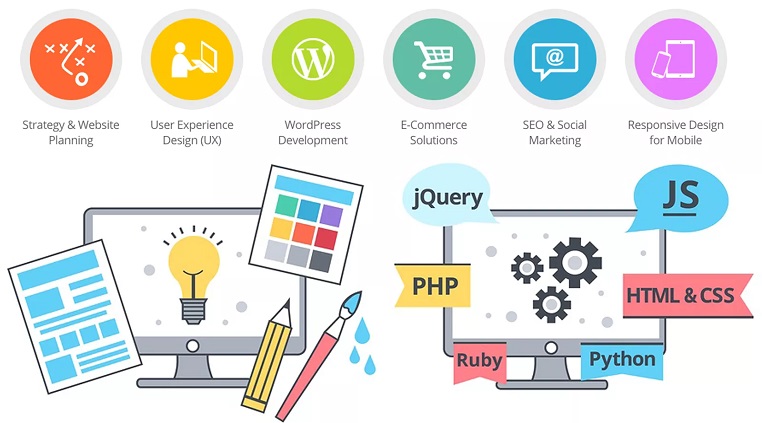
Augmented Reality in 2024 - A Transformative Technology
Since its surge in popularity in 2016, Augmented Reality (AR) has continued to evolve, becoming more integrated into various aspects of daily life and industry by 2024. Here's an overview of AR's journey and its current state:
Increased Accessibility and Integration:
AR technology, once limited to high-end devices, has become more accessible by 2024. Advances in sensor technology and software development have enabled a broader range of devices to support AR functionalities, making it a standard feature in many smartphones and digital devices.Enhanced Realism and Precision:
The introduction of new operating systems and higher resolution cameras has significantly improved the accuracy and realism of AR experiences. Users can now enjoy more immersive and detailed interactions with virtual elements overlaid in their physical environment.Expansion into Various Sectors:
Beyond gaming and social media, AR has expanded into sectors like retail, education, healthcare, and navigation. For instance, furniture companies like IKEA have utilized AR to offer virtual product placements, allowing customers to visualize products in their own space before purchasing.Risks and Challenges:
While AR offers numerous benefits, it also poses certain risks. Issues like user safety, especially in AR-based games, and potential health impacts such as headaches from prolonged use of AR headsets, have been areas of concern. By 2024, developers have focused on minimizing these risks, making AR experiences safer and more comfortable.Consumer Demand and Hardware Development:
The popularity of AR has not only increased demand for advanced software but also for compatible hardware. Consumers are willing to invest in both to enhance their AR experiences. This demand has spurred innovation and development in AR-specific hardware.Innovative Applications and Software Development:
The success of AR has led to the creation of diverse applications, from practical tools like AR GPS navigation to educational and training programs. Software developers continue to explore new ways to leverage AR technology for both entertainment and practical purposes.Digital Enhancement of Reality:
AR works by augmenting the real world with digital data and images, enriching the user's perception and interaction with their environment. This feature has made AR a valuable tool in fields like architecture and design, where it aids in visualizing projects and concepts in real-time.Future Prospects and Ethical Considerations:
As we look towards the future, AR is poised to become an even more integral part of our technological landscape. Ethical considerations regarding privacy and data security in AR applications have become paramount, leading to more stringent regulations and user-awareness initiatives.In summary, by 2024, AR has transformed from a novel concept to a widely adopted technology, enriching various aspects of life and work. Its continued evolution promises even more innovative applications and solutions, making it a key technology in shaping our interaction with the digital world.










Our Services